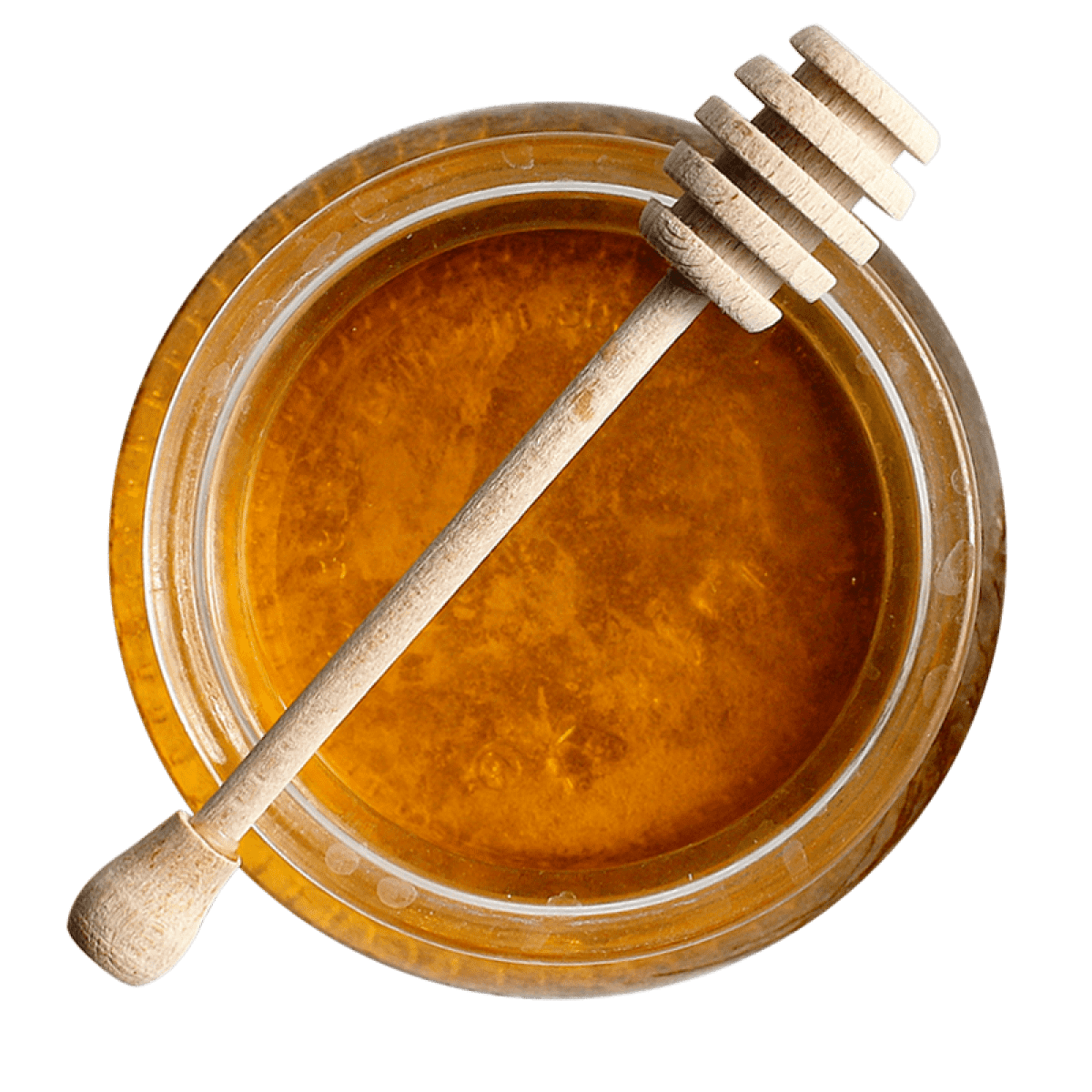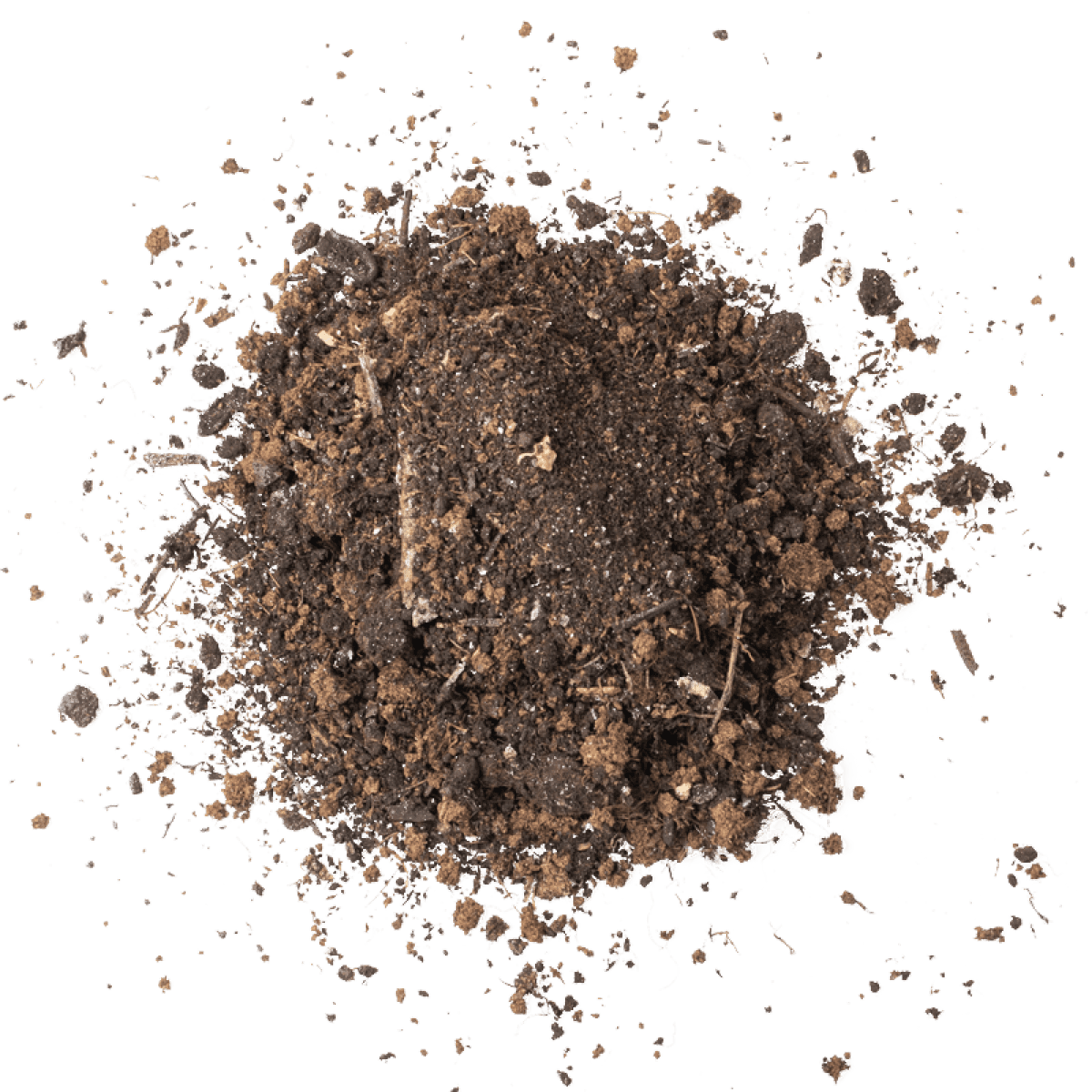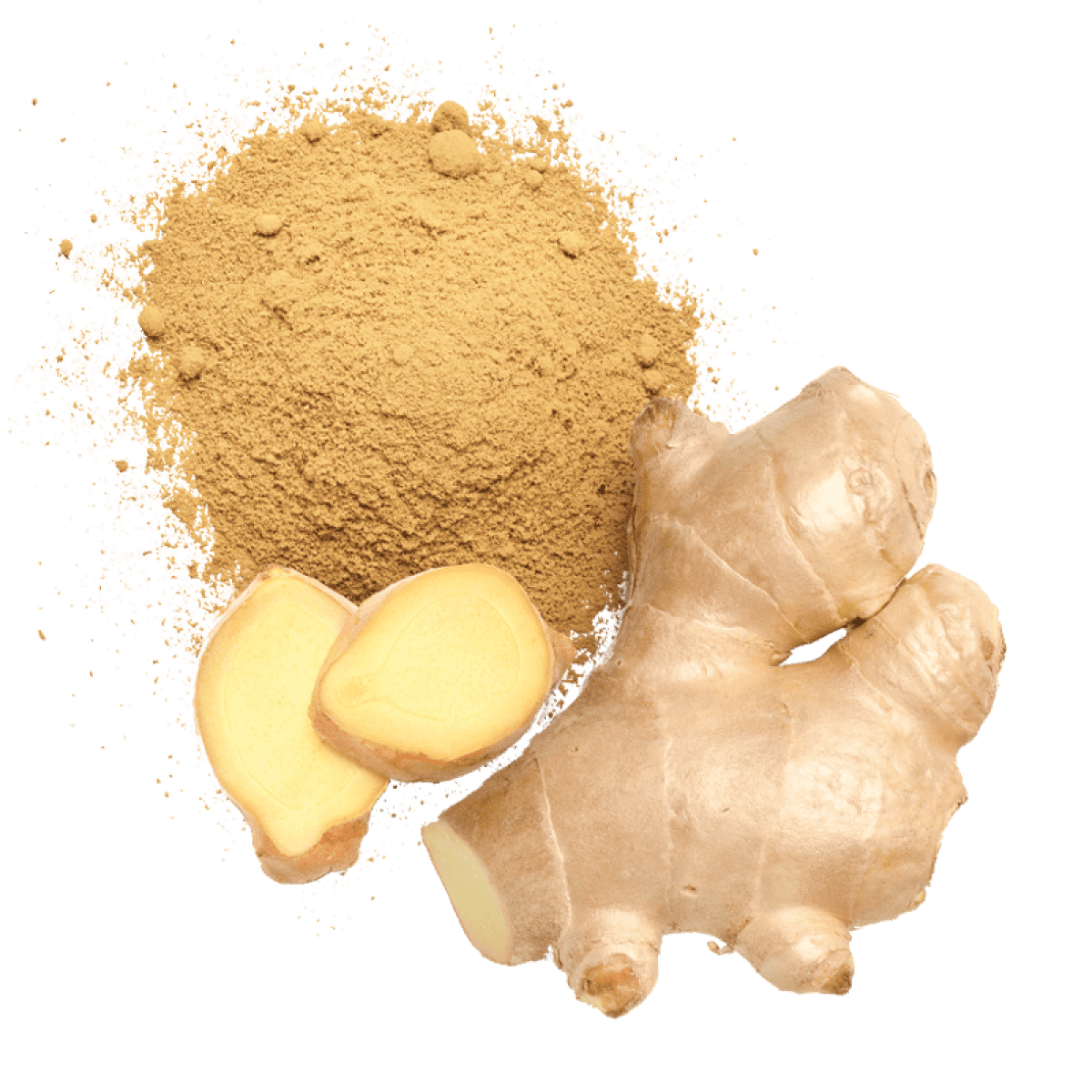Spanien mousserande
Intressanta fakta
Spanish sparkling wine has been produced since the 1850s.
According to Spanish law, cava may be produced in eight wine regions, although 95% comes from Catalonia.
In order to save on labor costs, much of the traditional riddling and disgorgement is performed by machine.
Although Cava used to be called “Spanish Champagne”, this is no longer permitted under EU regulations.
In Spain, Cava is often still referred to as champaña in Spanish or xampany in Catalan.
Hur smakar den här stilen?
Baserat på 17 748 recensioner av 1 722 viner
Mild
Mousserande
Lätt
Fyllig
Mjuk
Syrlig



- Apple
- päron
- grönt äpple
- persika
- aprikos
- melon
- gult äpple
- stenfrukt
- kvitten
- vit persika
- bakat äpple
- nektarin
0 kommentarer om trädfrukt toner



- citrus
- citron
- grapefrukt
- lime
- apelsin
- citronskal
- citronskal
- apelsinskal
- mandarin
- citrusskal
- blodapelsin
- lime zest
0 kommentarer om citrus toner



- mineraler
- honung
- sten
- jordig
- salt
- salin
- ingefära
- rök
- krita
- svamp
- läder
- gummi
0 kommentarer om jordig toner
Lär känna stilen
While the majority of Cava is dry, it ranges in style from driest to sweetness as follows: brut nature, brut, brut reserve, sec, semisec, and finally dolsec.
This high quality bubbly offers outstanding bang for the buck, and is an excellent substitute for those seeking high quality sparkling wines without spending a fortune.
Sparkling wine from Spain is produced almost exclusively in Catalonia. It is produced using the same method as in Champagne, but is distinguished to it due to geographic designation.
The primary grapes used to produce Cava are Macabeo, Parellada, and Xarello, which produces a crisp, dry, effervescent and refreshing bubbly at a far more accessible price point than Champagne. Many are under $20 retail!
Cava may also contain Chardonnay, Pinot noir, Garnacha, Monastrell, and Trepat – many of which are used to produce rosé bubbly, often containing red fruit flavors such as strawberry and raspberry.
Green apple, pear and citrus are frequently noted in cava, although older vintages can produce more nuanced flavor profiles. The high acidity found in most caves makes them an easy pairing with a variety of foods, and it is also commonly consumed as an aperitif.